


Over the coming weeks and months we'll be running a series of articles giving expert advice on Pokémon, focusing on the latest entry in this esteemed series: Pokémon X & Y. To start off, we're going to look at the mystic art of breeding Pokémon, because even before you decide on your team, you need to know the ins and outs of this vital feature to the games.
Breeding is when you put a male Pokémon with a female Pokémon into the breeding centre in Route 7 of Kalos. If the Pokémon are compatible, then there is the chance of having an Egg of the pre-evolved form of the Pokémon.
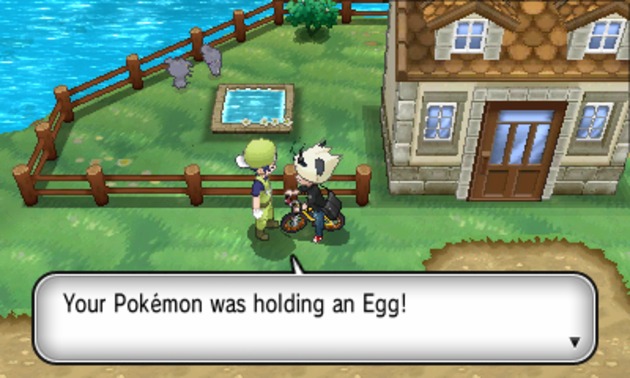
Not all Pokémon are capable of breeding with each other. Each Pokémon is categorised in one or two specific groups known as Egg Groups and can breed with any Pokémon within the group. Unfortunately, you cannot see these groups in-game so you need to consult one of the many lists available online.
When a male and female Pokémon in the same Egg Group is in the Day Care Centre, then the fun begins. For every 256 steps you take, there is a chance that an Egg will appear. If it does, the breeder on Route 7 will face outwards so you will know there is one. What determines it, though? It's actually a random number generator based upon several factors:
Same species with different ID numbers
Chance of getting an egg; 70% "The two seem to get along very well!"
Same species with same ID numbers
Chance of getting an egg; 50% "The two seem to get along"
Different species with different ID numbers
Chance of getting an egg; 50% "The two seem to get along"
Different species with same ID numbers
Chance of getting an egg; 20% "The two don't seem to like each other"
Different Egg Groups
Chance of getting an egg; 0% "The two prefer to play with other Pokémon more than with each other."
The chances of this can be further augmented once you receive the Oval Charm item by completing the Kalos Pokédex. This increases the chances by 50%.
The Pokémon that is in the egg is dependent upon the mother and will always be the lowest evolved form of that Pokémon, so if the mother is a Charmeleon, you will get a Charmander. You can also breed both male and female Pokémon with Ditto, which will result in the lowest evolved form of the non-Ditto Pokémon. Finally, several genderless Pokémon can breed with Ditto such as Magnemite, Beldum, Voltorb and even the legendary Manaphy.
There is another clause here. There are some Pokémon that can only be obtained when breeding if the mother is holding a specific item. These Baby Pokémon were introduced after their evolved form. The items are as follows:
In addition to the baby Pokémon being dependant upon the mother, the PokéBall that the hatched Pokémon is passed on. If the mother is in a Quick Ball, then the baby will be as well. This works for all PokéBalls except for Cherish Balls from events and the Master Ball. It even works with the special Apricorn PokéBalls for Pokémon transferred from HeartGold & SoulSilver.
Like spawning the egg, hatching the egg requires various steps to be taken and that varies depending upon the species of Pokémon within the egg. This can be halved if you have a Pokémon with the Flame Body or Magma Armor abilities in your party, and by using the Hatching Power O-Power. A good place to do this would be Lumiose City's Central Plaza, where you can find a spot and just hold left and you'll be able to hatch the Pokémon in no time.
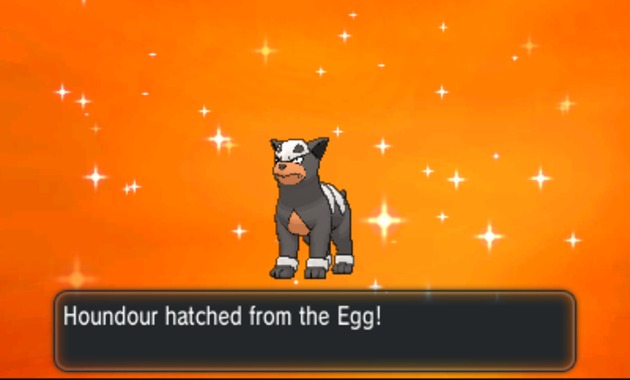
One of the core aspects of breeding is the ability to give the Pokémon moves early on. Nearly every Pokémon that can breed has a specific list of moves that it can only learn through breeding. These are known around the Internet as Egg Moves and can be very complicated to achieve.
If both of the parents know a move which is in the Pokémon's level up list — such as say Ember on Charmander — then the egg will hatch with that move. Egg Moves, however, are a completely different story. Initially, they are transferred from the father. If the father has a move which is in the baby Pokémon's Egg Move list, then the baby will hatch with the Egg Move. It's as simple as that.
Previously, this meant that the baby Pokémon couldn't necessarily have a specific combination of Egg Moves, but X & Y has changed that. Now, the mother can also pass down Egg Moves that it has. This allows for even more stronger combinations, removing any previous limits. Egg Moves known by the mother take priority over Egg Moves known by the father.
The thing with the Egg Moves is that you will sometimes have to chain breed to get a specific move on one Pokémon. For example, if you want to get Wide Guard onto a Honedge, you need to do the following:
Tirtouga (Level Up) -> Mudkip (Egg Move) -> Turtwig (Egg Move) -> Paras (Egg Move) -> Dwebble (Egg Move) -> Honedge (Egg Move)
Like the Egg Groups, there are no in-game indicators about these moves and the chains required, but you will be able to find lists detailing the parents on Serebii.

Introduced in Ruby & Sapphire, Abilities have become a core aspect of Pokémon and originally had no specific way to manipulate them in breeding.
Each Pokémon has two Ability slots, with many having a third Hidden Ability. Due to this, the ability you can manipulate is based upon the ability slot rather than the actual abilities of the Pokémon.
As of Black & White, it has been the case that when you breed a Pokémon, the baby Pokémon has an 80% chance of having the ability in the same slot as the mother if the mother doesn't have its Hidden Ability. Thankfully, if you get the wrong ability here, you can change it using the new Ability Capsule item.
To cite an example, let's say you're breeding a female Milotic. It has two standard abilities: Marvel Scale in Slot 1 and Competitive in Slot 2. If the mother has got Competitive, then there's an 80% chance that the Feebas offspring will have its Slot 2 ability, which is also Competitive. However, if the mother has Marvel Scale, then the Feebas has an 80% chance of having its Slot 1 ability of Swift Swim.
With Hidden Abilities, however, things are a bit different. If the mother has got its Hidden Ability — or it's a male with a Hidden Ability breeding with a Ditto — then there is a 60% chance of the Hidden Ability slot being passed with 20% for the other two ability slots. Unlike the others, you cannot change this with the Ability Capsule item.
Like the other ability slots, the Hidden Ability itself may differ between the base Pokémon and its evolved form so when you hatch it, you may not have the ability you want, but it will change upon evolution. For example, Dragonite's Hidden Ability is Multiscale, but Dratini's Hidden Ability is Marvel Scale.
Another feature included in breeding is the ability to obtain Shiny Pokémon easier. In Pokémon X & Y, the rate of getting a shiny is a 1 in 4096 chance, which makes them pretty rare, but there is a way to improve those odds which is commonly known as the Masuda Method, named after the Pokémon game's director, Junichi Masuda.
If you have a Pokémon from a different language game, such as Japanese, Korean, French, German, Spanish or Italian, and put it into the Day Care Centre with a Pokémon of the same language as your game, this will improve the chances even further. The exact number is still being calculated by us, but it's in the region of 1 in 1,024.
Having the Shiny Charm item may make this even more likely. We're still in the process of cataloguing and testing, but there is definitely an improvement in the chances.
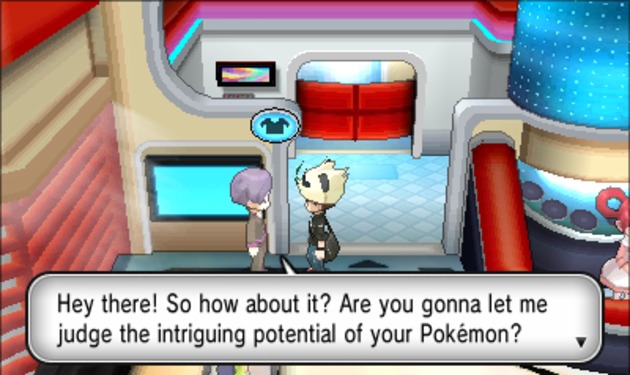
Now, this is where it gets a bit complicated. There are several different factors to include.
First are natures. There are 24 different natures, almost all of which boost one stat by 10% and reduce another by 10%, which can make them very advantageous in battle. Typically, they are chosen randomly, but if you attach the Everstone item to a Pokémon you're breeding, it will guarantee that the baby Pokémon will have that specific nature.
Next are Individual Values, commonly known as IVs. For those who don't know, each Pokémon you capture has got a specific Individual Value in each of their stats. These range from 0 up to 31 and could technically be seen as genetic diversity. What you want with these values is to have the higher value as each value is equivalent to 1 stat point at Level 100.
When you breed two Pokémon, without any external influence, three of the IVs are randomly chosen to be passed down to the baby. In the table below, it shows an example of how it works:

Despite this, there is also a chance that it will pick a stat for both the parents, such as picking Defence for both. As such, it will only utilise the second chosen one.
There are ways around this, however. As of Pokémon X & Y, this can be improved by making either parent hold the Destiny Knot item. When this item is held, 5 of the IVs will be passed down to the child. This makes breeding for stats a lot easier if you have a Pokémon with maximum IVs.

In addition to that, there are several items that guarantee that a specific IV on the Pokémon to which the items are attached. These items are as follows:
Due to this, there is a high trade of Pokémon with maximum IVs in various stats, especially Ditto. You can check if your Pokémon has maximum IVs by speaking to the IV Judge in Kiloude City's Pokémon Center. Once you have Pokémon with maximum IVs, you can start spreading them and getting the best Pokémon you can. It's much easier than it used to be!

It can be this simple — though it could require many Eggs. Most people get the desired IVs within an hour. As most Pokémon stay either Physical or Special focused, as you only need one of the stats — you can just leave the other one and not aim for perfect Pokémon.
Following these tips when you have decided your team, you're very likely to be ready to become a competitive trainer.

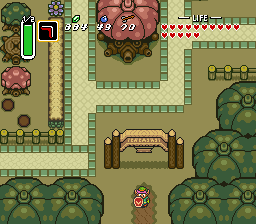
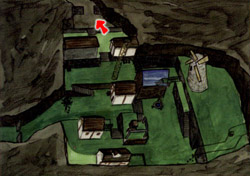

 DuckTales Remastered Achievements & Trophies Guide
DuckTales Remastered Achievements & Trophies Guide Assassin’s Creed IV – General Cheats and Easter Eggs Guide
Assassin’s Creed IV – General Cheats and Easter Eggs Guide Twilight Princess Walkthrough – Cave of Ordeals –
Twilight Princess Walkthrough – Cave of Ordeals – 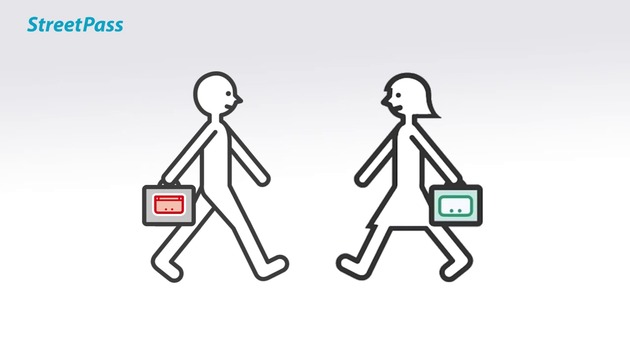 Guide: Forming Your Own StreetPass Meet
Guide: Forming Your Own StreetPass Meet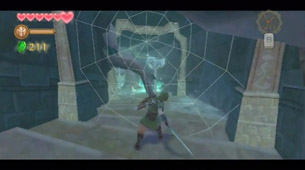 Skyward Sword Walkthrough – Skyview Temple –
Skyward Sword Walkthrough – Skyview Temple –